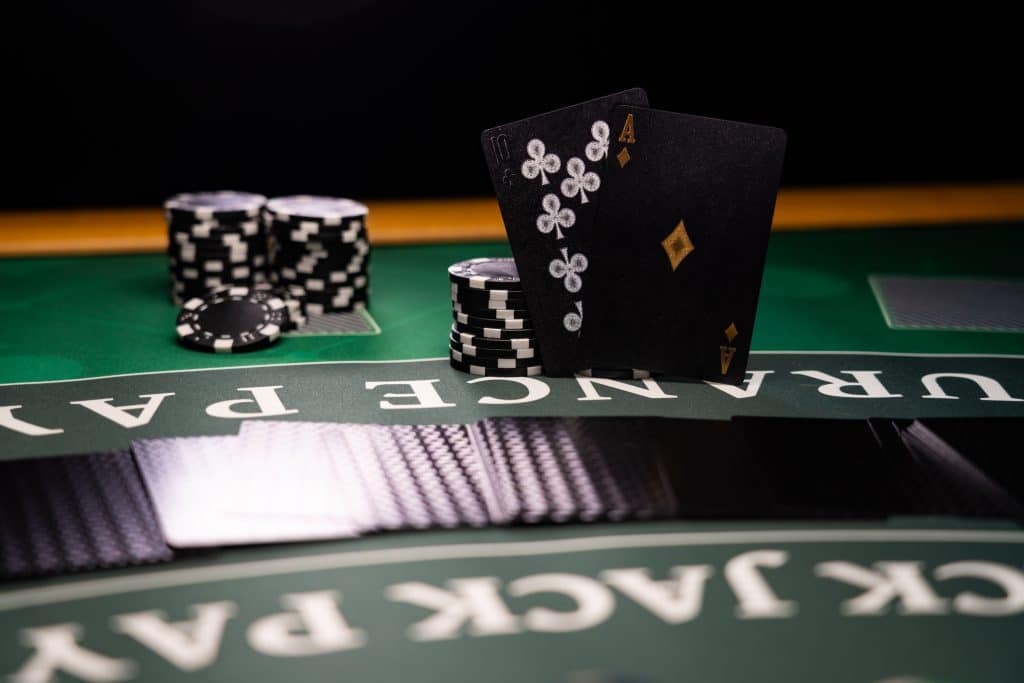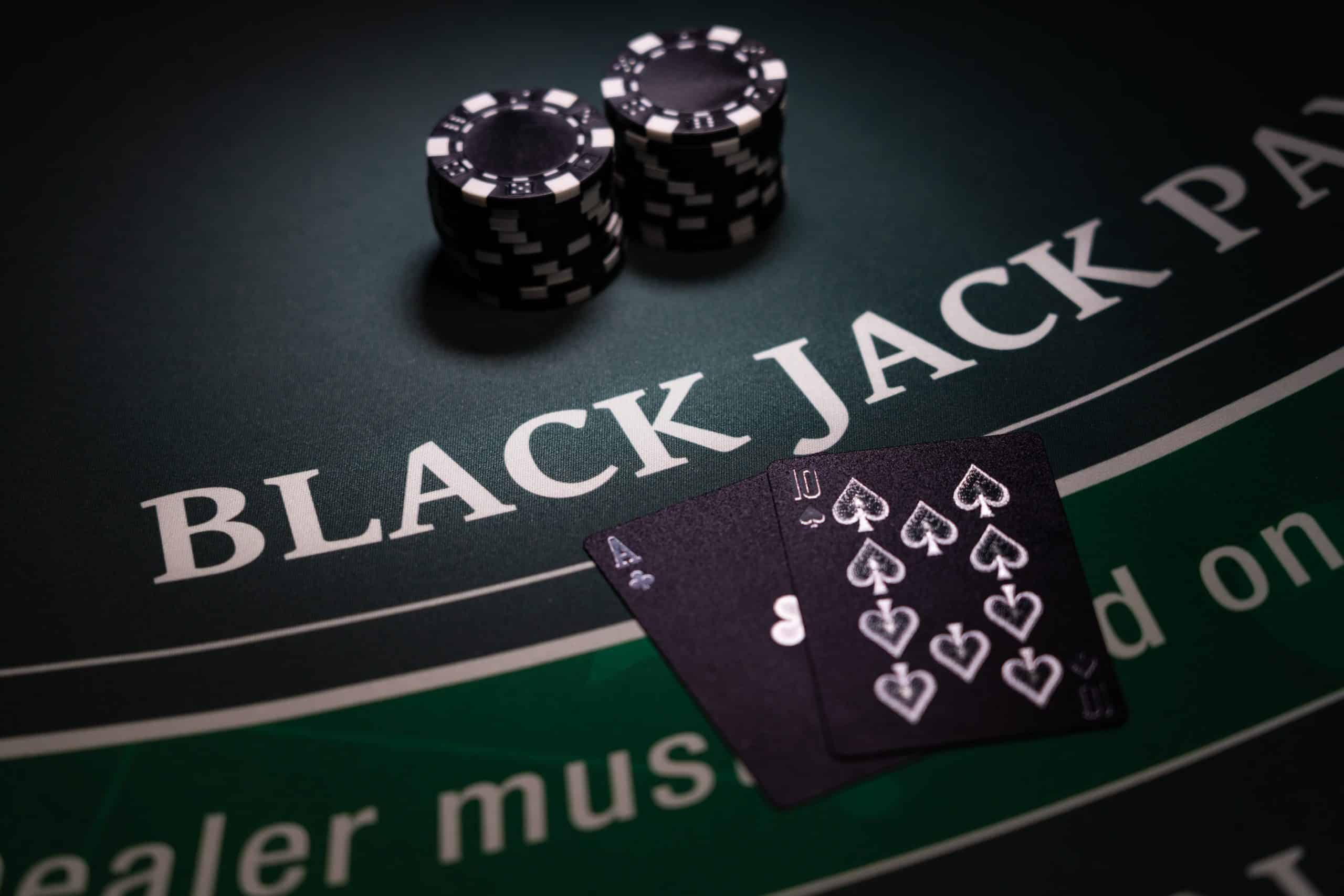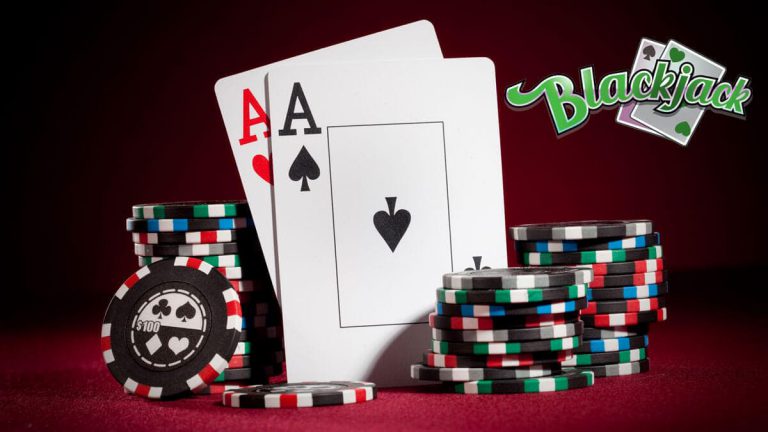How to Play Blackjack: The Basics
The rules of blackjack are simple, especially in Online Gambling Canada: each player receives a hand value of three to 21 and must add up to 21 to remain in the game. A dealer then goes around the table and reveals his or her hand. If no one is dealt a blackjack, the game ends and the stakes are returned to the players.
Basic strategy is the mathematically optimal way to play blackjack
Blackjack is an extremely complex card game that can be incredibly difficult to master, so there are some basic strategies that you can follow to maximize your odds of winning. The basic strategy for blackjack consists of making the right decisions after all players have seen their cards. This can make you a better player and make your bankroll last longer. However, there are some things you must know before you can implement these strategies.
Basic strategy works by examining the cards dealt by the dealer, based on a table showing the number of points the dealer has, and the value of the players’ hands. It is based on math, which means that you won’t have to guess what the dealer’s card is because basic strategy tells you the right move based on the hand value. The basic strategy in Online Gambling Canada also tells you when to split your hands and when to leave.
When determining the best strategy for blackjack, you must understand the house edge. This edge is usually expressed as a percentage of the total amount of action. When calculating your expected loss, the house edge can be calculated as follows: If you bet ten dollars, you will lose 1.6 cents for every hand.
A basic strategy is the mathematically optimal way to play the game of blackjack. It involves managing risk and reducing the house edge. Your bet size should be determined by these factors. The first step in playing blackjack is establishing a bankroll. The bankroll should be a certain amount of money, either your entire gambling bankroll or a portion of it.
Double down
In the blackjack game, doubling down is an option that players have. This strategy is advantageous for players who have an advantage over the dealer and a chance of getting close to 21. A player can double down by increasing his or her bet by up to 100%. However, he or she should be sure to choose the right situation before doubling down.
One of the best times to double down is when the dealer has a hand worth nine or ten. This will increase the chance of hitting blackjack and avoiding a blackjack bust. However, the dealer’s cards can be as low as six or two. Moreover, a soft hand, without an ace, is also a good opportunity to double down.
In blackjack, doubling down can increase your payout by as much as 20%. However, it should be used only when you have a clear advantage over the dealer. Normally, it is best to double down only when you have a total of 11 or above. In addition, you should not double down when the dealer has an ace or a 10. In other words, if you are unsure of when to double down, you should stick to the standard strategy and play for a better hand.
Double down is an option that many recreational players overlook. However, it is an excellent way to minimize the house edge and increase your chances of winning money over the long term. There are many strategies for blackjack that are based on mathematics and can help you determine the right times to double down.
Stand
The question of when to hit or stand in blackjack depends on the strategy you’re using. The best strategy is to hit whenever the dealer’s face-up card is an ace or lower. However, the dealer rarely busts, and it is rare for a dealer to show a bust card while holding an ace.
The question of when to hit or stand is a critical one, and the player should know the rules. A blackjack strategy chart will make the decision easier, but it cannot guarantee you a win. It is also important to follow your gut instincts. If you’re unsure of what’s best for your hands, don’t be afraid to make a bad decision.
If you’re in a situation where you don’t have enough chips to cover the dealer’s bet, it’s best to stand. This will prevent you from losing money if the dealer’s hand is higher than yours. It’s also possible to split your cards in blackjack so you can treat each card as a separate bet.
Another basic blackjack strategy says to stand if your hand is As-9 or higher. If you don’t have this hand, you can ask the dealer for another card if he has an Ace, figure, or nine. In this way, you can take advantage of the dealer’s weakness.

Splitting aces and eights
When playing blackjack, learning how to split aces and eights is crucial to winning. Splitting aces with eights increases your chances of getting a winning hand by increasing your chances of reaching a value of ten or twenty. While aces and eights are weak hands when standing, they are very strong when split with other aces.
When splitting aces, you’ll create two new hands with a starting point of 11. In blackjack, the first card in your hand has a value of 11, so splitting with an ace creates two different hands with an equal starting point. The advantage of splitting an ace is that it’s the mathematically correct move. If you have an ace and an eight, the dealer will have to deal one more card to you.
You should always split aces and eights when playing. It’s a smart move. Not splitting them gives the house an unfair advantage. Using the split option gives you a 33% chance of obtaining a card worth at least 10 points. This is vital because a 21 is unbeatable. As long as the dealer has an upcard of two through seven, you should split all other pairs.
If you’re holding two aces and an ace, it’s best to split them both. Then, you’ll have two hands of eights and an ace, both of which can be valuable. In addition, splitting aces with eights will increase your chances of getting a good final total. This strategy can help you win more often and reduce your losses.
Betting against the dealer
Betting against the dealer when playing blackjack involves placing bets on the dealer’s cards. Ideally, you will win an amount equal to your initial bet, but you can always lose your bet if the dealer has a hand that is closer to 21 than yours. If the dealer busts, you’ll lose your bet as well.
The house edge on side bets is often higher than in the main game, and it is susceptible to card counting. Fortunately, there are dedicated side bet counters designed for these bets, which can drastically improve the player’s edge. However, few side bets offer enough of a win rate to warrant advantage play.
When betting against the dealer in blackjack, it is important to remember that if you don’t get an Ace, you’ll have to stand or hit. When the dealer busts, you’ll lose half of your bet. In this situation, the player will have to stand, but can still make a winning bet if she gets an Ace.
Before playing blackjack, you should develop a basic strategy that helps you win. A strategy will save your bankroll, reinforce correct play and prevent costly mistakes. You should also set a limit and stick to it. Don’t chase after your losses because this can lead to disaster.
Getting as close to 21 as possible without going bust
Getting as close to 21 without going bust is the main goal when playing blackjack. The dealer will give you one card and you will have to guess the other cards to get to the total you want. The more cards you have, the higher the odds that you will go over 21. The best way to get as close to 21 as possible without busting is to have cards that total nine or higher.
When playing blackjack, you will be dealt two cards face-down and one face-up. If you do not have an ace, you can either stand or hit. If you get a card that is more than 21 points, you will go bust. If you have a lower total than that, you can keep hitting until you reach the number that you want to reach.
You can also “hit” by scratching your card on the table. If you scratch your card on the table, the dealer will give you another card. Then, he will deal you one additional card from his shoe. The new card will be placed next to your original two cards. When you receive your new card, you will need to decide whether to stand or hit again. If you get closer to 21 than the dealer, you will win the game.
In blackjack, the objective is to beat the dealer. It is a race to 21. You can keep track of your progress by keeping score and playing accordingly. You can play for chips, or even for chores around the house. If you get as close to 21 as possible without going bust, you’ll get the jackpot.


